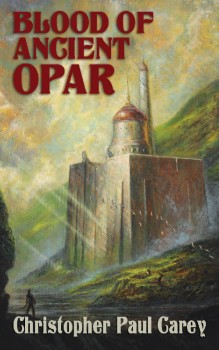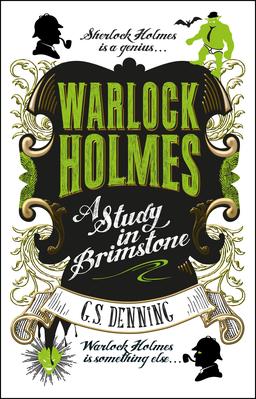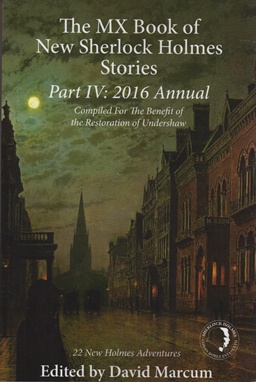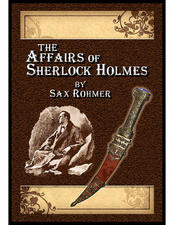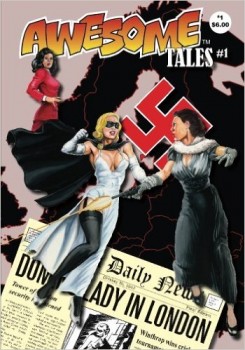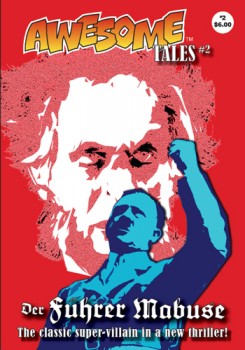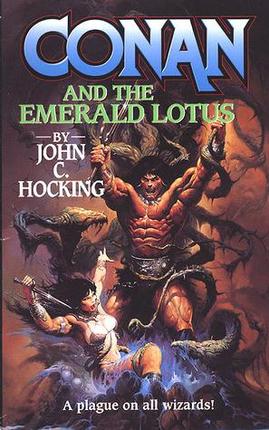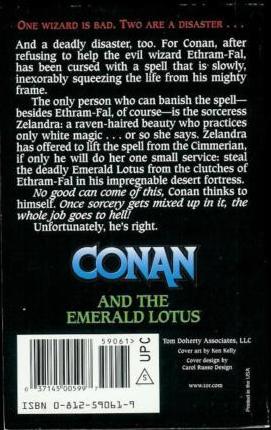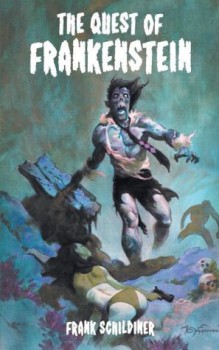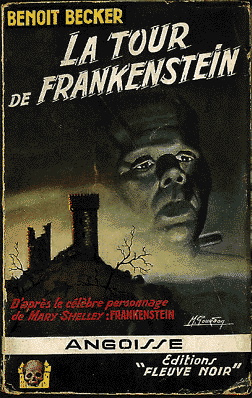The Public Life of Sherlock Holmes: Vincent Starrett on the Great Detective
 Otto Penzler is a larger than life name in the mystery field. He is the man behind New York City’s ‘Mysterious Bookstore’ as well as the Mysterious Press (Nero Wolfe’s current imprint!). He’s a true mystery maven. You can read about his recent The Big Book of Sherlock Holmes Stories here. From 1993 through 1995, under the Otto Penzler Books imprint, he reissued nine hard-to-find works of Sherlockiana.
Otto Penzler is a larger than life name in the mystery field. He is the man behind New York City’s ‘Mysterious Bookstore’ as well as the Mysterious Press (Nero Wolfe’s current imprint!). He’s a true mystery maven. You can read about his recent The Big Book of Sherlock Holmes Stories here. From 1993 through 1995, under the Otto Penzler Books imprint, he reissued nine hard-to-find works of Sherlockiana.
The Otto Penzler Sherlock Holmes Library consists of the following books, originally published between 1906 and 1967:
221B: Studies in Sherlock Holmes — Vincent Starrett
Baker Street By-Ways — James Edward Holroyd
Baker Street Studies — Ed. By H.W. Bell
Holmes & Watson — S.C. Roberts
My Dear Holmes — Gavin Brend
The Private Life of Sherlock Holmes — Vincent Starrett
Holmes & Company — John Kendrick Bangs
Seventeen Steps to 221B — Ed. By James Edward Holroyd
Sherlock Holmes: Fact or Fiction? — T.S. Blakeney
Bear in mind, every bit of anything you ever wanted to know wasn’t available on the internet back when Penzler republished these books. Heck, the Baker Street Journal wasn’t even available as a collection on CD yet. This collection of Sherlockiana was uncommon for the time. Some entries are better than others, but they are all an affectionate part of my Sherlockian bookshelf (except, maybe for Bangs’ book).
Read on for reviews of the two Vincent Starrett entries in the series. You may remember reading his outstanding introduction to the first Solar Pons collection.
